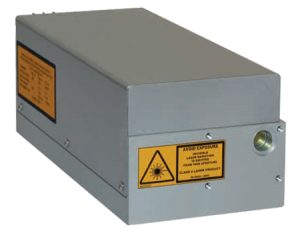Single shot to 1KHz Lasers
On this page, we have a list of all of the Single Shot to 1KHz repetition (rep) rate lasers offered by RPMC. If you don’t see a laser with the parameters needed, most of our lasers can be modified for your needs.
For pulsed lasers, unlike continuous-wave (CW) lasers, the output cannot be specified by their output power alone. This is because the output power of a pulsed laser is determined by three different parameters; the laser’s pulse width, pulse energy, and pulse repetition rate.
If you need help selecting the best laser for your application, or defining the laser requirements for a specific application, please contact our product manager for assistance.
| Picture | Part Number | Type | Wavelength (nm) | Output power (W) | Pulse energy (uJ) | Pulse width | Rep rate | Q-switch type |
|---|---|---|---|---|---|---|---|---|
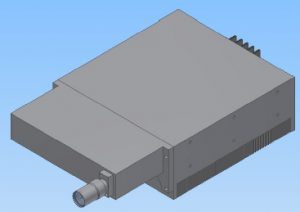
|
C-Wedge HB 3um | Pulsed DPSS Lasers | 3000 | 50.0 | 3ns | Single shot to 1kHz | Active | |
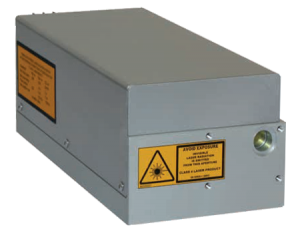
|
Onda 266nm | Pulsed DPSS Lasers | 266 | 0.800 | 80.0 | 2ns - 6ns | Single shot to 1kHz, Single shot to 50kHz | Active |
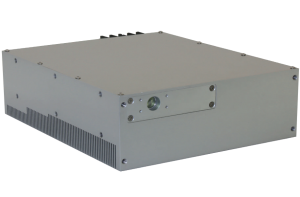
|
Wedge-HB/XB 1064 | Pulsed DPSS Lasers | 1064 | 4.0 | 2000.0, 4000.0 | 1.5ns | Single shot to 1kHz, Single shot to 2kHz | Active |
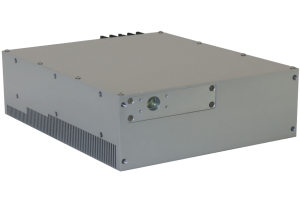
|
Wedge-HB/XB 355 | Pulsed DPSS Lasers | 355 | 0.400, 0.600 | 200.0, 600.0 | 1.2ns, 1.5ns | Single shot to 1kHz, Single shot to 2kHz | Active |
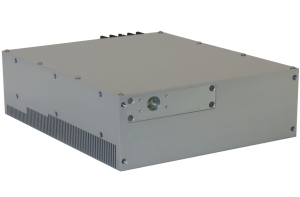
|
Wedge-HB/XB 532 | Pulsed DPSS Lasers | 532 | 2.0 | 1000.0, 2000.0 | 1.5ns | Single shot to 1kHz, Single shot to 2kHz | Active |

 SHIPS TODAY
SHIPS TODAY 
